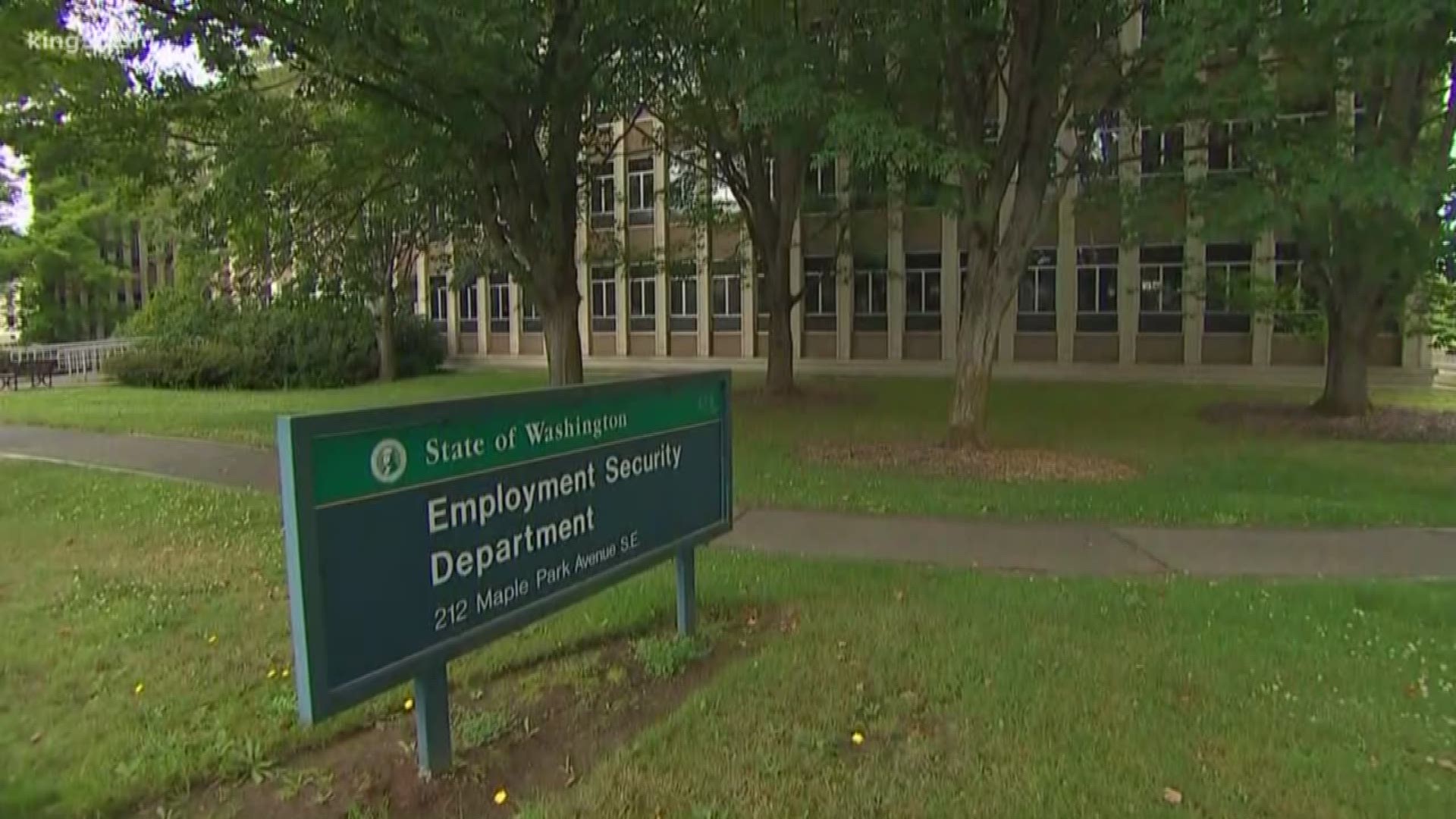This sign in a Seattle nail salon is a perfect illustration of the unintended consequences of forcing employers to pay an artificially high minimum wage.
Contrary to the claim that employers can afford to pay their workers more and will just absorb the higher labor costs, this Seattle nail salon shows what really happens--employers find ways to mitigate those costs. This business owner has decided to pass the extra costs to consumers. They aren't alone. Ivar's Salmon House is also raising prices. Ivar's is also implementing a 17% service charge in lieu of tips. The Icon Grill in Seattle is taking a different strategy; they aren't increasing prices, but instead eliminating three weeks of paid vacation. All employees will now only earn one week of paid vacation time; before Seattle’s new minimum wage law went into effect on April 1, some long-time employees of the restaurant received four weeks of paid vacation per year. Then there is Z Pizza--that business is closing in August, leaving 12 workers without jobs. And long-time Seattle manufacturer Cascade Designs will move 100 of its lowest-skilled manufacturing jobs from Seattle to Nevada.
All of these employers are doing what they must in order to deal with a mandated wage that is higher than the value of the job. The simple fact is if the output of a job is not greater than the wage, employers must make tough decisions on how to adapt and survive. The typical result is higher prices paid by customers, along with fewer benefits and job opportunities for workers. The end result can be a double whammy for the very workers a higher minimum wage is supposed to help--workers may be earning a higher wage, but they often lose other valuable benefits and perks, not to mention the very real possibility of reduced hours and even job loss. All while paying the higher prices caused by the wage hike.




